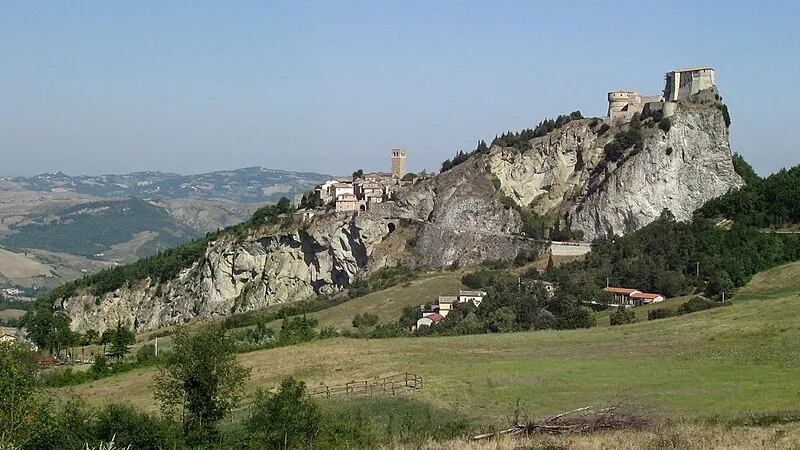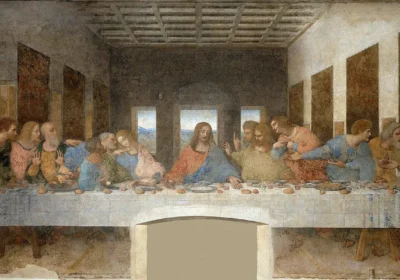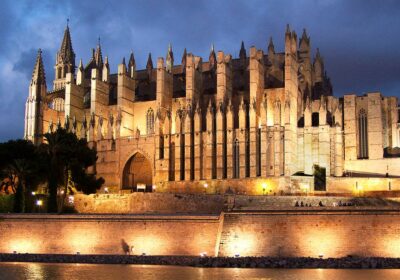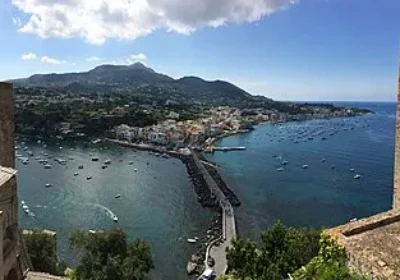San Leo city tour.
San Leo is located 32 kilometres from Rimini.
San Leo is the heart of the Montefeltro region. The small village lies on a hill at an altitude of 600 metres. Founded during the Ancient Roman era, today it is officially recognised as one of the most beautiful villages in Italy. In addition, San Leo has the prestigious “Orange Flag” for the development of sustainable tourism.
The settlement was founded by the Romans in the 3rd century AD. With the advent of Christianity, the town was named after Saint Leo, the companion of Saint Marinus, after whom the ancient state of San Marino was named. From 962 to 964, during the reign of King Berengar II, San Leo was even the capital of Italy.
In this fortress, an impregnable citadel where the Popes held their most dangerous opponents, Giuseppe Balsamo, better known to all as Count Alessandro Cagliostro, a mysterious and fascinating figure, ends his days. The great adventurer, alchemist and Freemason spent four years in the gloomy cell of San Leo and died here on 26 August 1795.
The real gem of the village is the amazing castle, standing on a rocky cliff and certainly worth the rather steep climb to its steps. It was once admired by Dante himself, who made it the place of Purgatory in his Divine Comedy.
The first place to start exploring San Leo is the Piazza Dante, where the most important religious and secular buildings are located. Among the religious buildings, the parish church from the 7th and 9th centuries is the oldest in the city. Inside you can see two valuable exhibits – an ark presented to the church in 882 by the Duke of Orso, ruler of the city, and the so-called “Sacello”, a chapel built by St Leo himself in the 4th century. In this chapel the relics of the saint were kept for a long time, until they were taken to Germany on the orders of Henry II, where they were lost without a trace.
At this place, in Piazza Dante, stands the Cathedral of San Leo, built in the Lombardo-Romanesque style. The cathedral has no facade, as it stands on the very edge of a cliff, and is reached through a side door crowned with busts of St Leo and St Valentine. In the presbytery of the cathedral there is a huge crucifix, a copy of the one given to the church by the Count of Montefeltro in 1205.
A few metres from the cathedral there is a 12th-century guard tower, built of sandstone and notable for its square shape on the outside and a circle on the inside. The tower has a 14th-century bell.
Today, the Palazzo houses the San Leo Museum of Sacred Art, with artefacts dating from the 8th to 18th centuries. Some of the museum’s most interesting exhibits are three richly decorated arches that were part of the façade of the medieval cathedral. The 17th-century Palazzo Della Rovere is a beautiful building with an elegant 16th-century façade.
Also the Palazzo dei Conti di Nardini, believed to date from the 13th century.

















